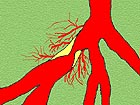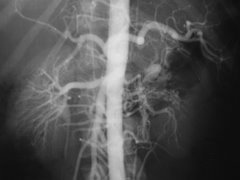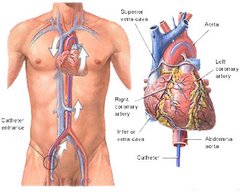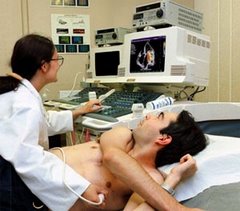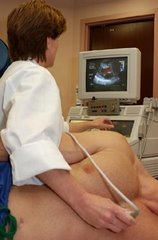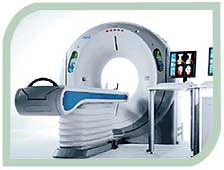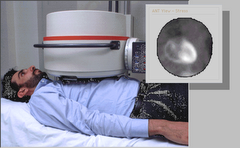Moderate ischemic mitral regurgitation (MR) has an important negative impact on survival and quality of life of patients with severely impaired left ventricular function, treated by coronary artery bypass grafting alone.
According to scientists from Italy, "This study analyzes retrospectively a cohort of patients with ischemic cardiomyopathy (ejection fractionless than or equal to0.30) who underwent isolated coronary artery bypass grafting to evaluate the impact of no-to-moderate MR on long-term results. From January 1988 to December 2002, 6,108 patients had isolated coronary artery bypass grafting."
M. Dimauro and colleagues, European Hospital, wrote, "Two hundred thirty-nine (3.9%) had ischemic cardiomyopathy; 60 patients had no, 102 had mild, and 77 had moderate MR. Using propensity score, a group of 70 patients with no or mild MR (group A) was case-matched with a group of 70 patients with moderate MR (group B) to obtain two groups with similar preoperative characteristics. Nine patients (6.4%) died within the first 30 days; all deaths were cardiac-related. There was no difference in the early results between groups. Patients in group B showed lower freedom from death, from cardiac death, from cardiac death and ischemic events, and from death and New York Heart Association class III and IV than patients in group A."
They continued, "Cox analysis confirmed that moderate MR was an independent variable for worse late outcome in this subgroup of patients. Functional and echocardiographic results, after a mean of 62±28 months in 87.8% of survivors, showed a significant impairment of New York Heart Association class (from 2.2±0.5 to 2.8±0.6; p<.001) and MR degree (from 2.0 to 2.7±1.0; p=.023) in patients with preoperative moderate MR."
The researchers concluded, "This study confirms that moderate ischemic MR has an important negative impact on survival and quality of life of patients with severely impaired left ventricular function, treated by coronary artery bypass grafting alone."
Dimauro and colleagues published their study in the Annals of Thoracic Surgery (Impact of no-to-moderate mitral regurgitation on late results after isolated coronary artery bypass grafting in patients with ischemic cardiomyopathy. Ann Thorac Surg, 2006;81(6):2128-2134).







